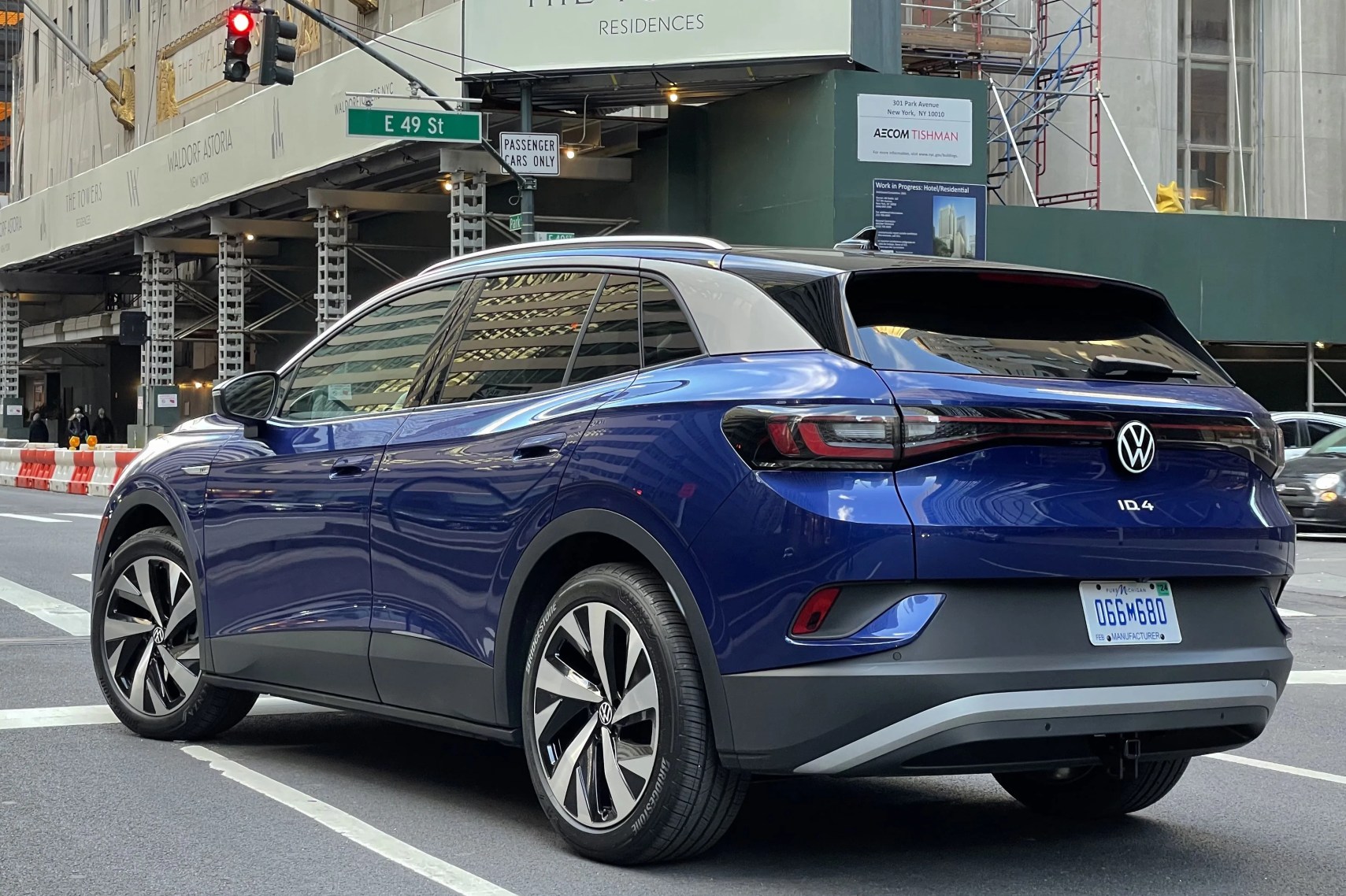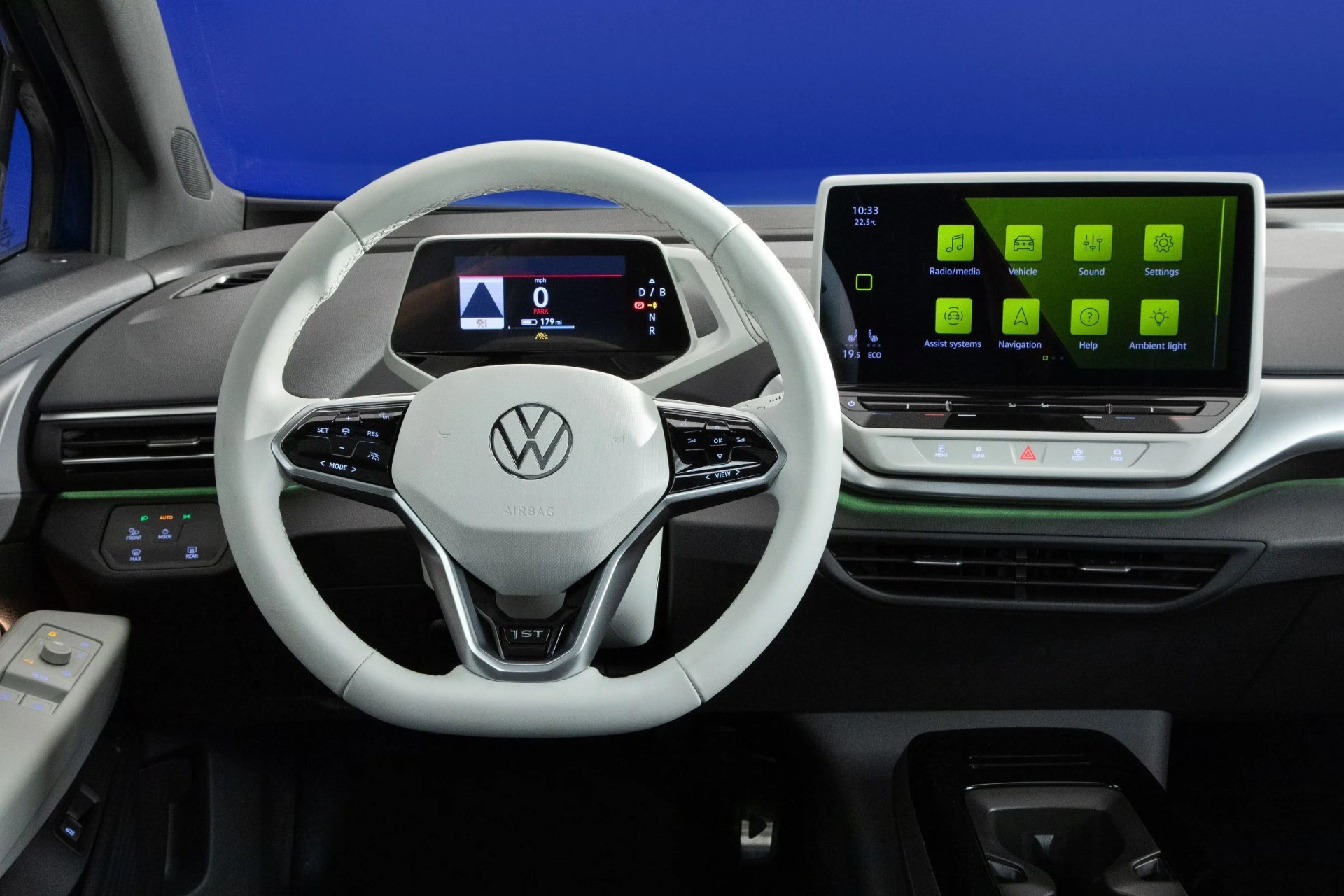To hear Volkswagen tell the tale, the new ID.4 electric crossover (or, in foreign markets, the closely related ID.3 hatchback) is the biggest thing for the brand since the Beetle. Not the New Beetle with the flower vase, mind you — the original Beetle, the one that sold more than 21 million copies over more than 60 years and set the stage for Ferdinand Porsche’s “people’s car” project to eventually become one of the world’s largest automotive conglomerates.
No pressure, then.
To be fair, the ID.4 is the start of a whole new era for Volkswagen. It’s the first of a slew of all-new electric vehicles that will redefine the brand for the latter three-quarters of the 21st Century. Gasoline and diesel are on the outs at VW, and electrons are in; by 2029, the carmaker expects to have sold 20 million cars on the electric MEB architecture that the ID.4 inaugurates.
On paper, the new Vee-Dub seems like it has what it takes to carve out a place for itself in the market: a super-popular compact crossover body style, well over 200 miles of range, fast-charging capabilities like adding 60 miles of range in 10 minutes and one of the lower base prices among current EVs, starting at $39,995 before destination charge or potential tax credits. How does that play out in the real world? We borrowed the car for a weekend to find out.
The VW ID.4 certainly is a looker
 Will Sabel Courtney
Will Sabel CourtneyTo Volkswagen’s credit, the ID.4 is a handsome crossover. It’s much sleeker and more organic than the brand’s gas-powered SUVs, looking more like something drummed up in Mercedes-Benz‘s design studio than the sort of car you’d expect to see on a lot between a Jetta and a Passat.




